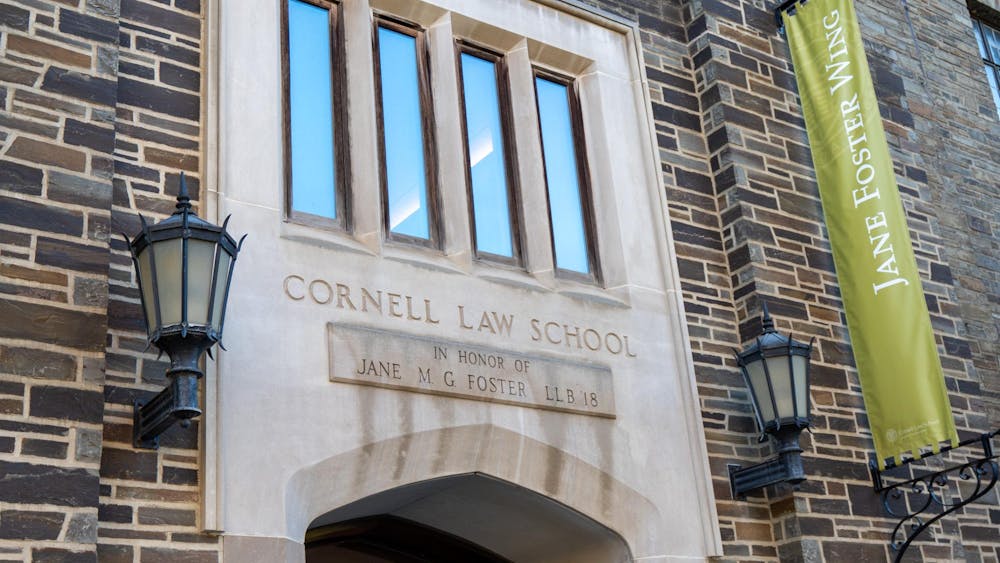As COVID-19 cases continue to soar across New York and around the globe, the race to find coronavirus treatments has led to a surge of clinical trials seeking to test the efficacy of different treatments against the virus.
Experts such as Dr. Anthony Fauci M.D. ’66 have emphasized the importance of using controlled clinical trials to scientifically prove whether experimental drugs actually work against COVID-19.
But what are clinical trials, and how do they work?
Weill Cornell physician-scientist Dr. Marshall Glesby, who works for the Clinical and Translational Science Center, explained that clinical trials are research studies that test how well new medical interventions or approaches work in people.
An intervention commonly takes the form of an investigational drug, although it could also be a medical procedure or a change to a participants’ behavior.
According to Glesby, before a clinical trial for a drug treatment can even begin, researchers must thoroughly study a proposed biological mechanism for the drug, acquire promising data from laboratory studies, and advance the study to an animal model to test for preliminary efficacy and any signs of toxicity.
“Before you’d actually [administer a drug] that’s never been given to a person, you’d want to have some compelling reasons to do it and some safety data, usually [from] animals,” Glesby said.
After these initial stages, the drug still has a long way to go before being tested in humans.
For researchers, a clinical trial begins months in advance of actually testing on patients by first designing a protocol — a guidebook that details how the study will be implemented, as well as criteria and assessments to determine participants’ eligibility, Glesby explained.
Within the design of a protocol, there are many measures incorporated to ensure that the results of the experiment are statistically and scientifically valid.
For example, studies must have control groups to provide researchers with a comparison so they can determine whether a new treatment actually worked. Glesby explained that in clinical trials, controls can be the existing standard of treatment, a different combination of drugs, or a placebo, depending on the medical condition being treated.
Participants are then typically randomly assigned to one treatment group or another, which serves to ensure that each patient has an equal possibility of receiving any treatment under the study.
According to Glesby, trials can also be double-blinded, in which neither the participants nor the researchers have prior knowledge of which treatment the participant received, a precaution designed to eliminate any further bias.
Glesby added that the protocol would then have to be reviewed by the Institutional Review Board, and for drug interventions, the protocol would also have to be approved by the Food and Drug Administration to further protect participants from the risks of clinical trials.
Only after this often months-long approval process can participants finally be recruited and enrolled into the study.
After participants have been recruited and undergone initial screening, participants are regularly assessed throughout the trial to evaluate any possible adverse effects that could result from the drug treatment, Glesby explained.
“[At the end of the study] the data are compiled to determine whether the intervention is safe and efficacious,” Glesby said.
According to Glesby, the clinical trial process start-to-finish usually take years to complete, as trials gradually expand to include more and more participants. However, in extreme cases, there are ways the process can be accelerated to quickly get clinical trials started — something that has become the norm as the severity of the pandemic rapidly mounts.
“With what we’re living through now with COVID-19, undoubtedly there will be expedited paths for drugs to be developed and approved,” Glesby said. “If there is no available treatment for something, then those [drugs] can be reviewed in a more timely fashion.”
Even though the FDA has been expediting trials and waiving many typical requirements, Glesby still expressed awe at how fast the testing of COVID-19 treatments has been implemented.
“What’s been amazing to me is that in the context of this COVID-19 pandemic, my colleagues and I have been able to implement studies over a handful of days, as opposed to months,” Glesby said. “And that’s in large part because everyone has rallied...and recognized that this is a real priority because we don’t have [any proven treatment] to offer people other than supportive measures.”
Although the potential of a number of treatments have been heralded by some — President Donald Trump, for example, has repeatedly championed the use of anti-malarial drug chloroquine — Glesby noted that anecdotal evidence is not valid in proving the efficacy of certain treatments.
“There are a lot of things that are being studied that we don’t know if they’re going to be harmful or helpful, and the only way to know ...is to do a controlled experiment, which is why we do randomized, controlled trials,” Glesby said.
As it stands, several different treatments for COVID-19, such as antiviral drugs, like Remdesivir, and immunomodulatory therapy, have rapidly entered clinical trials.
A vaccine developed by Washington-based biotech firm Moderna has already begun human-testing — a turnaround time that, according to Fauci, “launched in record speed,”
But even though these clinical trials are being fast-tracked at an unprecedented speed, Glesby stressed that definitive results are still well over months away.
“If something is successful, then maybe it’s possible it could become available in the 9 to 12 month range...it’s hard to know,” he said.

The Anatomy of the Clinical Trials: How Researchers are Testing COVID-19 Treatments
Reading time: about 5 minutes
Read More










